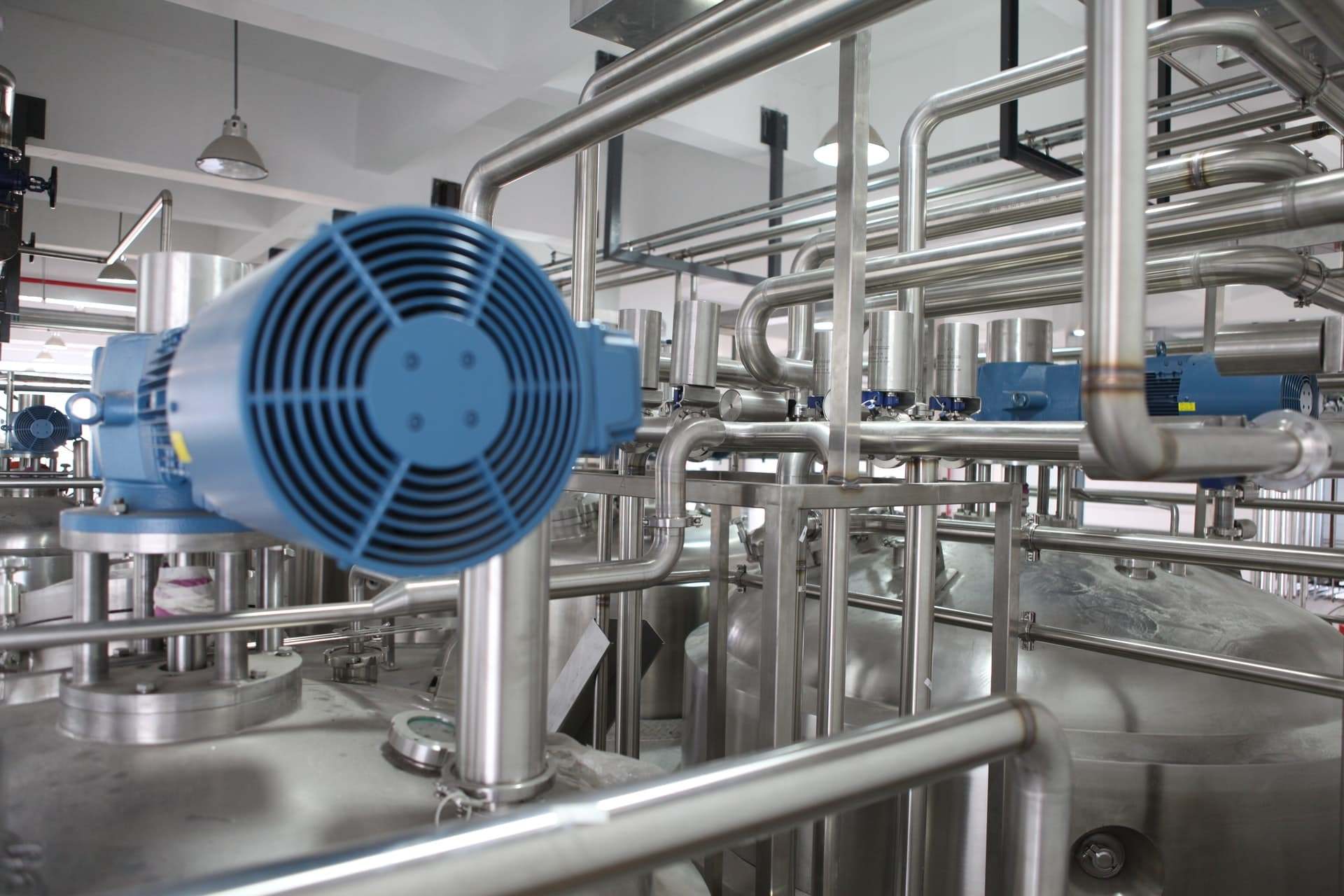The Investigation
Advanced vibration analysis was performed on the blower and supporting base structure to determine the root cause of the elevated vibration levels that were affecting this equipment.
Bump Testing
A bump test was performed to determine the natural frequencies of the base structure and ensure that these frequencies were not within 10% of any forcing frequencies. Utilizing a soft impact tip on a modally tuned hammer, ten (10) different spectrums were collected and stored from various points across the base/structure.
Bump test results showed a common natural frequency of 7012 CPM from several of the points collected, along with a lower amplitude frequency of 3080 CPM (Figure 2). Typical operating speed of this blower is 2790 CPM. The first of the two (2) natural frequencies shown at 3080 CPM is 10.4% above the operating speed of the blower. The second (higher amplitude) frequency of 7012.5 CPM is 25.7% higher than the second multiple of running speed and 16.2% lower than the third multiple.
Operating Deflection Shape Analysis
Operating Deflection Shape (ODS) analysis was then employed to aid in determining the structural rigidity of the base/structure. ODS analysis is performed by collecting phase and amplitude readings between a single reference point and a series of specified roving points across the base at a specific frequency. A digital model of the blower and its supporting base structure are constructed into the ODS software, where the data is plugged into the specified collection points and then animated.
2790 CPM (1X running speed) was used as the specified frequency during this test. A total of 79 points were collected in reference to one (1) point on the base and blower. A second set of data included an additional 25 collection points in reference to a single point on the blower. (See Figure 3 for data collection points.)
The results of the ODS animation showed a significant amount of movement in the base/structure as suspected. Figure 4 shows snapshots of the ODS analysis images. The different color shading indicates the movement captured at two (2) different time intervals.
A wagging motion was also identified at the outboard end of the blower. With this particular identified, eccentric or imbalanced sheaves were suspected as the root cause of the excessive vibration at 1X running speed. However, the sheaves were replaced during the winter outage and resulted in only a minimal change in the vibration levels across the equipment.
